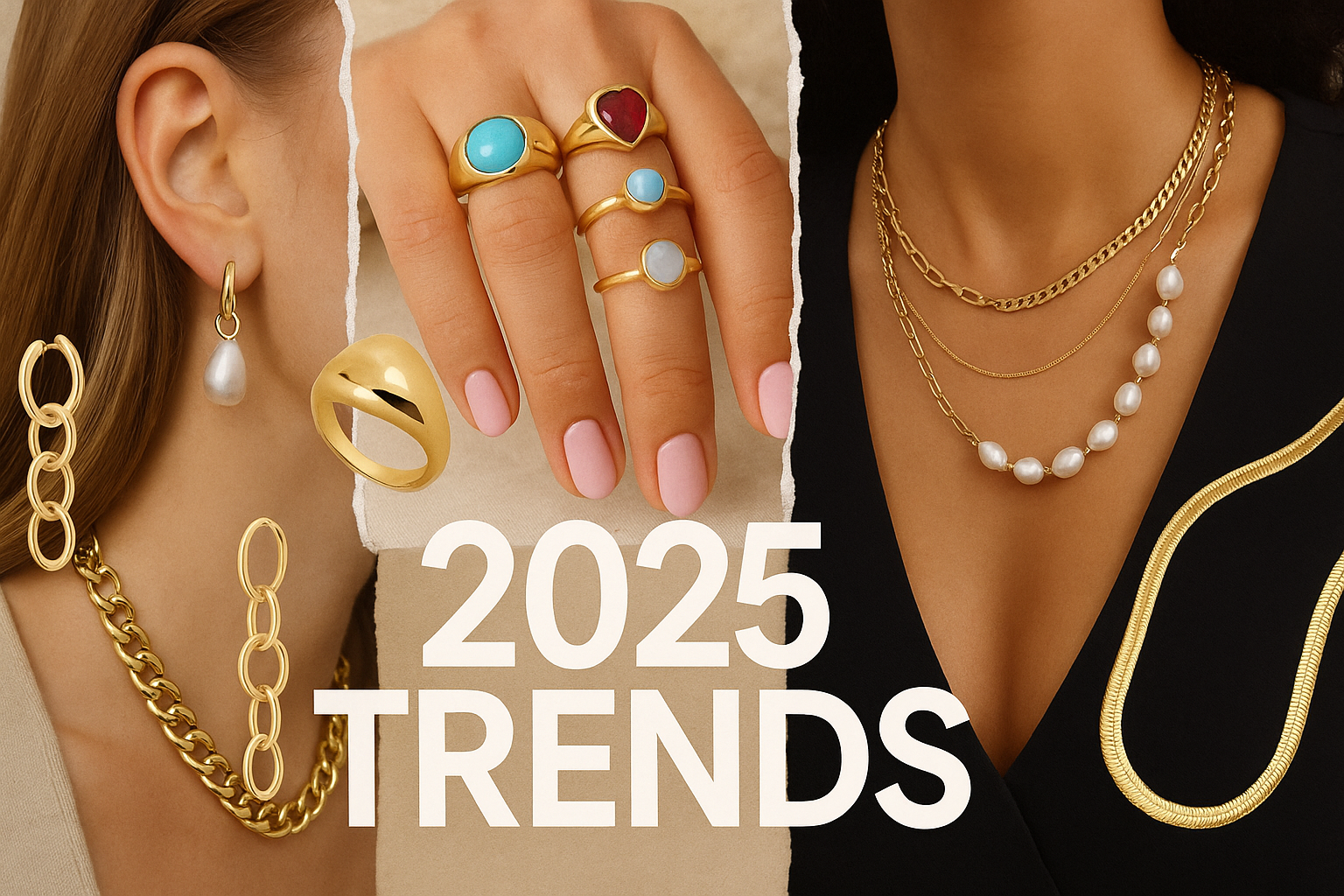Key Facts
- •Resale offers are based on purity × weight × (spot − fees), not retail price.
- •24k = 99.9% pure; 18k = 75%; 14k = 58.5%.
- •Design and labour add cost at purchase but rarely boost resale.
- •Bullion is liquid; jewellery is slower and less predictable.
Jewellery vs. “investment” gold (what counts)
Bullion is a commodity; jewellery is a product with labour/design premiums and lower liquidity.
Gold bullion (bars, coins, ETFs) is investment gold—a commodity that tracks the market. Jewellery, however, includes design, labour, and retail markup, which makes resale trickier. Jewellery can make sense if you want wearable value or sentimental worth, but it’s not the same as bullion.
Karat, purity, and weight (value basics)
Resale math starts with karat and grams—24k = 99.9%, 18k = 75%, 14k = 58.5%.
- **24k** = 99.9% pure (soft, very yellow)
- **18k** = 75% gold (durable, rich colour)
- **14k** = 58.5% gold (common in North America)
Look for hallmarks like **18k / 750** or **14k / 585**. **Purity × weight × current spot price = starting point** for resale.
**Pro Tip:** In Canada, hallmarking is common but always confirm with a jeweller’s test (acid or XRF).
Melt value vs. retail price (the spread)
Retail includes design and labour; resale often approaches melt minus fees.
If you paid **$1,500** for a gold ring, resale may only return **$400–$600** (melt minus fees). Why? Retail includes labour, brand, and design. Scrap buyers only care about **grams × purity × spot**.
**Caution:** Intricate designs don’t guarantee higher resale—they melt down the same way.
Resale channels (who buys and what they pay)
Different channels = different payouts, speed, and risk.
- **Pawn/cash-for-gold:** fast, lowest payout
- **Local jewellers:** fairer, safe, mid-range payout
- **Consignment:** slower, can achieve higher prices
- **Auction:** hit-or-miss, best for designer pieces
- **Peer-to-peer:** risky but sometimes best for unique items
When jewellery can hold value (or appreciate)
Signed vintage, sought-after designs, and heavy high-karat pieces may fare better.
Categories that perform well:
- **Designer names** (Cartier, Tiffany)
- **Heavy 22k/24k bangles or chains**
- **Vintage signed pieces** in good condition
**Do:** Keep documentation—provenance boosts confidence and price.
What hurts value (pitfalls and red flags)
Plated/filled, damaged chains, missing hallmarks, overgraded stones, and unverified appraisals.
- Plated/filled ≠ solid gold
- Broken or hollow chains often scrapped
- **Insurance appraisals ≠ resale prices**
**Caution:** Don’t rely on retail appraisals—they rarely reflect resale reality.
Taxes, appraisals, and insurance (Canada specifics)
Appraisals are for insurance, not resale; know HST/GST at purchase and sale implications.
- **Insurance appraisals:** replacement cost, not resale
- **GST/HST:** applies at purchase; resale typically exempt when selling to jewellers/buyers
- **Keep receipts:** proof of karat, weight, and origin helps
Bullion vs. jewellery vs. ETFs (which for what)
Separate wearable joy from investment exposure; use the right instrument for the goal.
- **Bullion:** liquid, low fees
- **Jewellery:** wearable, sentimental value
- **ETFs:** market exposure without storage
A simple self-check before you buy
If value retention matters, favour higher karat, classic designs, solid construction, and documentation.
Checklist:
- Is it **hallmarked**?
- **Classic**, not ultra-trendy?
- **Solid** links (not hollow)?
- Comes with **paperwork**?
Disclaimer
Educational only—this is not financial advice; consult a qualified professional for investment decisions.
This guide is for educational purposes only. For financial advice, speak with a licensed investment professional.
Resale Channels Compared
A compact grid comparing channels by payout, speed, pros/cons, and best use.
| Channel | Typical payout vs melt/retail | Speed | Pros | Cons | Best for |
|--------------------|--------------------------------|---------------|-------------------|---------------|---------------------|
| Pawn / cash-for-gold | 40–60% of melt | Immediate | Fast cash | Low payouts | Urgent needs |
| Local jeweller | 60–80% of melt | Days | Fair, safe | Mid payouts | Everyday pieces |
| Consignment | 70–90% retail (if sold) | Weeks–months | Higher returns | Slow, commission | Designer/vintage |
| Auction | Variable (high upside) | Event-based | Collectors, rare items | Risky, fees | Signed/vintage |
| Peer-to-peer | 80–100% retail (if lucky) | Variable | Highest potential | Scams, effort | Unique/design pieces |
Key Takeaways
Fast reminders to separate wearable joy from investment reality.
- Jewellery ≠ bullion—design premiums reduce resale
- Melt value = **karat × weight × spot price**
- **24k** holds value best; **18k** balances wearability
- **Signed designer/vintage** can outperform
- Retail appraisals ≠ resale guarantees
- For pure investment, consider **bullion or ETFs**



